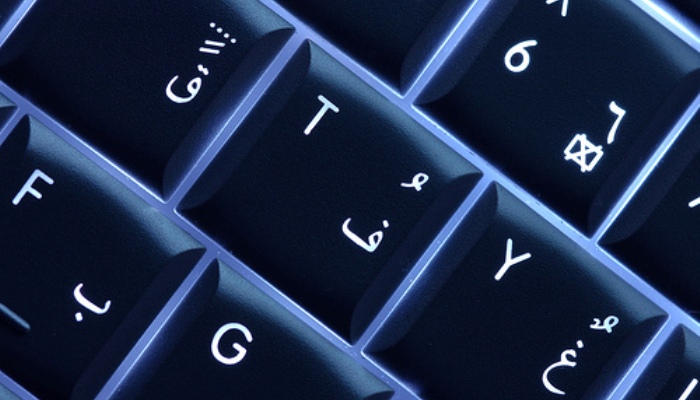Being proud of one’s roots is in again, and that is one reason why the language Arabic is regaining its cool factor. With the emergence of new tools of communications and new systems, there is an increasing demand by people in the MENA region for more content in their native language. The new Arabian consumer likes to stay in pace with global traits and trends, but they also want to stay connected with their culture and tradition.
If one sees how Casio came out with its first Arabic calculator, LinkedIn with LinkedIn Arabic, and Dubai Lynx creating the Arabic Stage for the first time in this year’s Dubai Lynx Festival of Creativity, there is no doubt that the dominance of the Arabic language is growing over English.
This is one of the trends that brands should watch out for, explains the JWTIntelligence’s third annual forecast of Middle East and North Africa consumer centric trends, which features original analysis and insights into 10 key trends and cultural shifts unfolding this year.
The trend ‘bil 3arabi’ elaborates how the MENA consumers are growing accustomed to consuming information that’s dominated by their words, coming to favor ‘Arabic colloquial’ over the ‘traditional’ and increasingly thinking visually.
“This explosion of compelling Arabic content growing out of the region is a direct result of accessibility. We now know more, we have developed our artistic taste and we know how to get it done and people in the region are becoming open to new and original ideas, that probably would have previously been dismissed or written off as not being culturally conforming,” explained Yasmine Hamdan, Lebanese songwriter.
Enthusiasm For Content Creation Vs Consumption
As more Arabs move online, enthusiasm for creating Arabic content is rising. The report further entails how among the many different drivers for this – political, social, cultural and entrepreneurial – political discourse has prompted people the most and a good example for this is the popular ‘Abla Fahita’ – Egypt’s renowned puppet, which became famous for her outspoken with and resistance to conform.
What Brands Need to Do
The report explains how brands need to evaluate and translate their assets for a modern Arabic age. Be it their websites, instruction manuals and menus to their packaging, promotions and products. Apart from this, brands will also need to understand how the Arabic aesthetic and reverberations carry over into the real world, using visual or aural cues to complement or replace words.
Help Consumers Create Great Content
The report also states that brands will need to help consumers to create their own attention-getting content. Many are already trying to provide more opportunities to capture and share user generated and create content, such as Sa7i in KSA which gives young Saudis the opportunity to talk about their lives and ambitions while at the same time respecting their religious, cultural and social values.
“MENA Consumers are redefining all their priorities, perspectives and affiliations, expecting brands to step up with more responsibility than ever before. We have always believed in the need to understand consumer changes, but now it is crunch time. Brands need to take action and glean relevant insights that support their businesses in creating truly pioneering future-ready initiatives. Consumers are not asking for, they are demanding, highly personalized services and more ‘good’ to be put back into the community, viewing crowd-power and technology as their rightful enablers to a more self-sustainable lifestyle,” added Mennah Ibrahim, Head of Brand Intelligence, J. Walter Thompson MENA.





